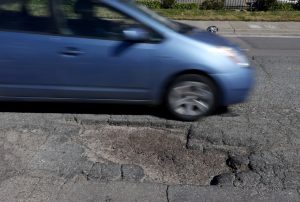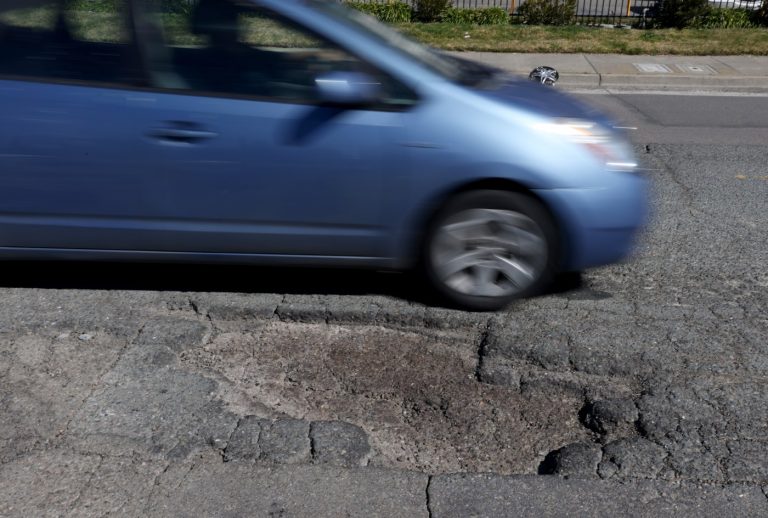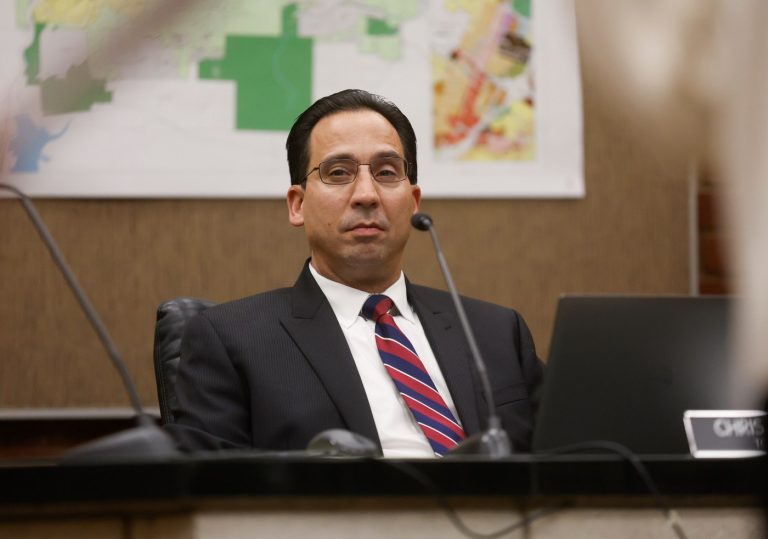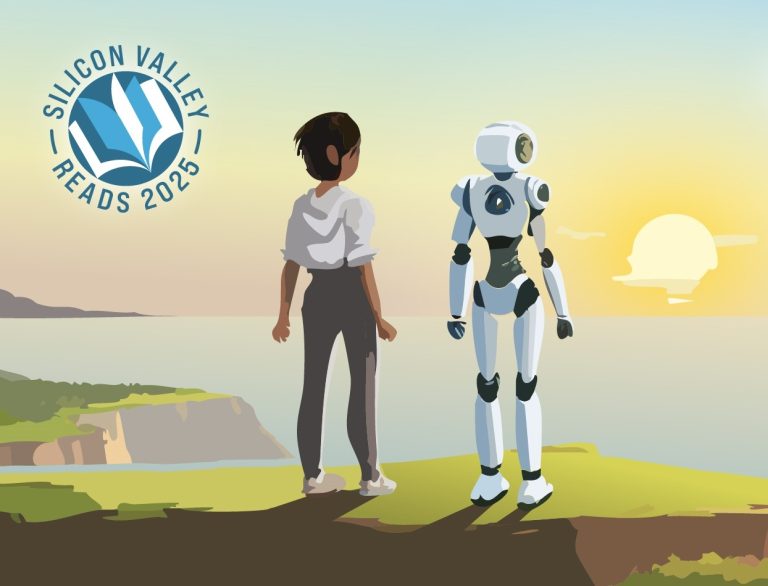What would you do with extra time in the day? Squeeze in that workout? Finally dust your living room? Maybe, like me, you’d simply opt to get some more sleep. Turns out our days are getting longer — but only by milliseconds. Not enough time for a nap, but long enough to wreak havoc with our computer systems.
Researchers at Swiss university ETH Zurich have shown how climate change is altering the length of a day. That will sound ridiculous to some, but the phenomenon is fairly well understood. As the planet warms, the polar ice caps are melting. That water flows into the oceans, particularly in the lower latitudes, making our planet bulge at the equator — and adding time to the day.
Benedikt Soja, professor of space geodesy (the use of precise measurements between space objects to determine and understand the Earth’s geometric shape, orientation and gravity field) at ETH Zurich and co-author of the study, uses the example of a figure skater doing a pirouette to explain how this affects the planet’s rotation. The initially fast rotation when she’s holding her arms close to her body slows as she stretches them out, because the mass moves away from the axis of rotation and increases physical inertia. You could try it for yourself with a spinning desk chair and a couple of heavy books if you have enough room and no co-workers hanging around who’ll give you funny looks.
As the planet’s mass becomes more oblate, or flatter, it spins more slowly and thus an Earth day gets longer. Soja’s team found that between 0.3 and 1 millisecond per century was added between 1900 and 2000; since the millennium, the rate of change has accelerated to 1.3 milliseconds per century as ice sheets in Greenland and Antarctica have shrunk faster.
The fact that our days aren’t fixed at precisely 86,400 seconds isn’t news, but culprits have largely been ever-changing factors outside of our control. For example, the 2004 Indonesian earthquake made the planet slightly less oblate — picture the figure skater pulling her arms in — and therefore shortened the day by 2.68 microseconds (1 microsecond is equal to 0.001 milliseconds).
Speed up, slow down
For billions of years, the main factor governing the speed of the planet’s daily pirouetting has been the moon. As our planet spins, the moon tugs on the oceans creating high and low tides. As the Earth rotates faster than the moon orbits, this tugging saps our rotational energy and has slowed us down at a rate of 2.4 milliseconds per century.
The scientists at ETH Zurich suggest that unless we get a grip on our carbon emissions, melting polar ice caps could slow the Earth down by 2.6 milliseconds per century, making humans a bigger influence on our planetary motion than the moon.
Yet we’ve had a number of shorter days in recent decades, as scientists have observed the Earth speeding up. No one is really sure why: One explanation is that the spin of the Earth’s inner core has slowed down, meaning the mantle moves faster to maintain momentum. June 29, 2022, was the shortest day on record, being nearly 1.6 milliseconds under 24 hours, likely helped along by a change in wind speeds and shifting core dynamics.
Does any of this really matter if we’re not going to get the benefit of more time on our hands? Actually, yes. The digital systems we use governing everything from global positioning systems to financial transactions rely on accurate timekeeping. That’s why it’s important to be able to understand the sum total of all the factors pushing and pulling the Earth’s rotation.
Negative leap second
Since 1958, when we decided to sync up variable astronomical time and static atomic time, we’ve had to add 27 leap seconds to compensate for longer days, with the first added on June 30, 1972. But since scientists started noticing the Earth speeding up, talk has turned to negative leap seconds — rather than adding time, we’d take it away.
Related Articles
Park Fire tops 120,000 acres as evacuation warnings reach Magalia
Park Fire reaches 45,000 acres — mandatory evacuation orders for numerous zones
Sunday was hottest day on the planet – no, wait, it’s Monday
Wildfires threaten communities in the West as Oregon fire closes interstate, creates its own weather
Desalination plant proposed for San Francisco Bay
This is the kind of thing that keeps scientists and engineers awake at night — a modern Y2K bug. No one expected to ever need a negative leap second, so it’s never been tested. As Patrizia Tavella, director of the Time department at the International Bureau of Weights and Measures, wrote in Nature: “The problems it could create are without precedent.” Indeed, even leap seconds have proven problematic: In 2012, the addition sent Reddit dark and caused long flight delays in Australia. The extra second in 2015 broke several major websites and confused Android devices. In 2017, a number of Cloudflare servers were knocked offline.
Climate change is counteracting the more recent trend for shorter days, allowing a decision on the negative leap second to be postponed to 2029, according to a 2024 study. While some experts believe a negative leap second is inevitable, we’ll eventually abandon leap seconds entirely. In 2022, the General Conference on Weights and Measures voted to end the leap second from 2035 for 100 years. During that century, the argument goes, we’ll devise a new way to synchronize human and planetary time.
Perhaps this should hasten the leap second’s demise. Not least because we have the tricky problem of halting climate change to focus on instead.
Lara Williams is a Bloomberg Opinion columnist covering climate change. ©2024 Bloomberg. Distributed by Tribune Content Agency.












